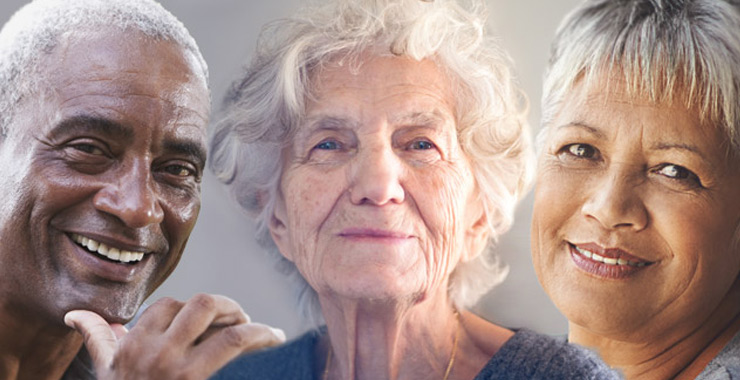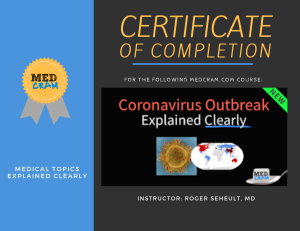A post about recent experience and the lessons to be learned from it
It is only a week since a close friend died, a death unexpected. I was tempted to close my laptop and focus on memories. But it seemed to me that this last week has been so full of events and experience that I should capture some of them here in this blog before, like my friend, they vanish from the present. Here I record the mistakes and the successes (for want of a better word) – in the hope that the lessons learned prove useful for my readers.
————-
It was late Sunday afternoon when I received a message to attend her home. She had been discovered by a carer, unconscious. On my arrival, two paramedic teams were working to re-start her heartbeat and breathing. In the event, the steps proved unsuccessful, and she was pronounced dead on arrival at the hospital. In all, a period of less than 40 minutes elapsed from notification to her death. It was sudden, momentous, life-losing, life-changing.
Preparing for a death
My regular readers will be familiar with my posts ‘Those that are left Behind‘, ‘Preparing for a Good Death’, ‘To do List‘, ‘Power of Attorney‘, ‘Bereavement, the aftermath‘ and ‘The Non-binary Continuum‘. In this post, there will be inevitably some overlap with those, but I would urge readers to revisit them, using the links provided above.
The first learning point that arose for me was the importance of a ‘DNACPR‘ decision. My friend was elderly and becoming frail. In truth – not just with hindsight – the cardiopulmonary resuscitation that was administered should not have been attempted given a period of unconsciousness with a late-octogenarian patient. Few attempts at CPR are successful, and the success rate diminishes rapidly for the elderly, where less than one in ten interventions have the desired effect.
Fortunately, all four attempts at resuscitation, although well-meant, did not result in my friend’s temporary or momentary consciousness, so the distressing implications of CPR were not to be experienced by her. The animation ‘The Lady & the Reaper’ video humorously and graphically describes this battle for those at the end of life. Watch it, and it may well change your view on this subject.
Although we had discussed it and I had already prepared an Advance Decision for her at her request – at the time of her death, unsigned – my friend did not have a DNACPR in place. I regret that I had not pressed this point with her during her life. Perhaps the indignity associated with her death could have been avoided had her carer been in possession of such a mandate.
The moment of death
In the case of my friend, I missed the moment of her death due to the unexpected nature of it, and the intensive and exclusionary attention of medical professionals who attended her. Previously, she had neither been ill nor complaining. That very day she had met her early morning carer for the first time, taken several phone calls and received a close family visitor.
No matter how many times you may have experienced the moment leading to a death, you are ill-prepared to cope with the sheer pressures that arise. Many of these are formed by risk-averse medical attenders, or imposed by bureaucracy. In addition to the administration of CPR, medics adhere to a perceived imperative to remove the dying to a fully equipped hospital where a range of interventions is possible.
The medical attenders had necessarily but one focus – their patient. All else was secondary. Understandably, they took and retained charge, but in doing so excluded others, taking critical decisions without consultation, and removing my friend from her home in the vain attempt to save her fragile life.
Being deprived of presence at death that is almost as hard to bear as the death itself. These are often moments when ritual is of importance, for example, releasing the spirit of the deceased. I regret that I was not present to hold her hand. With hindsight I should have sought to be more involved.
What happened next
One of the most challenging tasks following a death is to inform family and friends of it. Usually a phone call, it requires resolute sensitivity.
I undertook this task on behalf of the family to spare them the ordeal. In doing so, I avoided the platitudes so often deployed, for they neither soften the blow nor enhance the message. I rang using her landline so that her friends might recognise the call, if not the caller. My message was simple – saying who I was, that I had serious news, and that she had died that day. I emphasised that the family wanted them to know sooner than later by a personal call, and that they had appeared in her frequent call list. For some I was able to relay words of fondness and appreciation that my friend had shared with me and would have wished them to hear.
In my friend’s case we were fortunate, as I had recently added their names and numbers to her new phone, checking who the person was, that they were still alive, and whether their number was still in current use. This gave me a distinct advantage of knowing the recipient of the call, albeit never have previously spoken with them.
In speaking about it afterwards, the family have agreed that it was the right decision to delegate this task, one that should be moved to the best-practice list.
Administrative and pastoral tasks
With a sudden death where the cause of death is not immediately apparent, albeit with an elderly person, the issue of a Medical Certificate of Cause of Death is not automatic, as here in the case of my friend. Once logged on the NHS central record, the Coroner will issue an interim certificate pending the post-mortem results and, if necessary, a short formal inquest. Receiving the interim certificate enables the body to be released for burial or cremation, and the formal process of notification of authorities.
One advantage of digitisation of the Coroner’s Office is that they will be advised administratively where a death occurs within a NHS facility. Likewise, through the digital NHS records, the deceased’s GP may also be consulted.
In my earlier post I have dealt with many aspects of this particular process. It is worth revisiting, in particular with regard to the ‘Tell Us Once‘ procedure. Note that on local council notification, council tax will be suspended for up to six months. Those exercising Power of Attorney for the deceased should bear in mind that informing the bank of the death using the banking notification service will inevitably trigger freezing of the deceased’s accounts. If the executors agree, there may be merit in a slight delay to enable immediate and urgent payments to be made from the account, for example for outstanding bills, the funeral and the wake. When the death certificate is received, a copy should be sent by attorneys to the Office of the Public Guardian (OPG), together with the original and certified copies of the power.
Funeral arrangements and the like
I don’t propose to share with you the arrangements made for my friend, for such are very personal. In my ‘To Do List‘ post I raised the importance of deciding on these steps before the death. When death is unexpected and family are inconsolable this is the wrong time to seek to agree such matters. We all owe it to our family that implement arrangements to have made them in advance, however little we relish the task. To do otherwise is to shift an unbearable burden onto family and friends who, given the emotion of the moment, may simply argue about what is to be done.
With my support the family wrote a Eulogy, determined their own Order of Service, made funeral arrangements for cremation, and booked a venue for the wake.
This leaves the question of the deceased’s possessions. For those, like my friend’s family, who had assiduously arranged the deceased’s Will, named executors were able to take charge of these issues immediately, together with the disposal or sale of any property. Needless to say, before dealing with any property or banking transactions, executors should apply for probate using the government online process here.
Whilst an advert may appear at the foot, this blog is neither monetarised, nor endorsing any product






